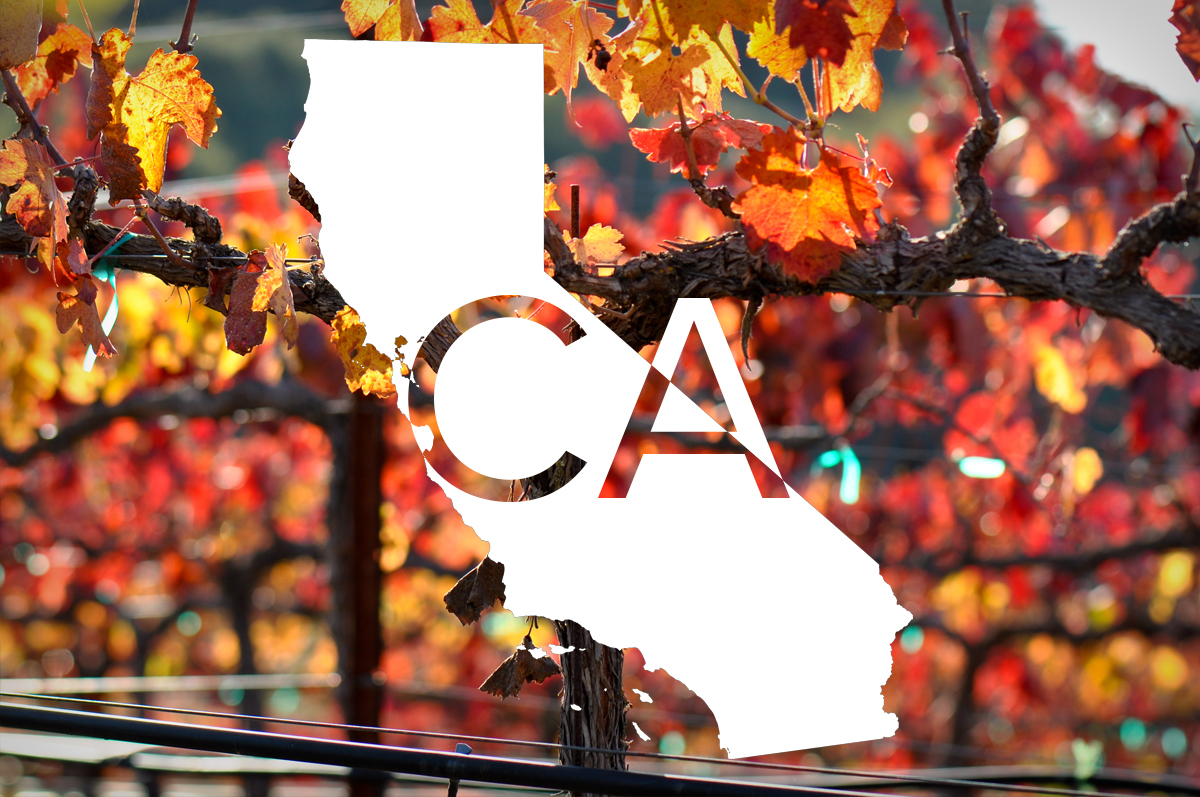California wine is well-known globally. A long, rich history is the backbone of the operation. Although much of the global stance got it’s footing post-prohibition, European immigrants long before modern winemakers saw gold in the soils and climate of modern-day CA.
Although the official birthdate of California wine is still a bit contested, the first documentation of vineyard plantings in the state dates to 1683, but it wasn’t until the “Father of California Wine” Junípero Serra and his missionaries planted the first sustained vineyards of the Spanish Mission grape in 1779 that California’s extensive wine history truly began. Father Serra’s Mission grapes continued to dominate the state’s production through 9 different sites until around 1880, mostly for religious purposes.
In the early 1800’s, Jean-Louis Vignes was documented to have the first commercial operation in the state with European vines in the Los Angeles area establishing himself in 1833. Another major early player was William Wolfskill, establishing himself with his first Los Angeles vineyard in 1838. The success of Vignes and Wolfskill began attracting other interested would-be winemakers into the Southern California area.
With the gold rush, a major influx of people moved to Northern California, and with people comes the need for a good glass of wine. 100 miles in any direction of the epicenter of the boom (San Francisco) winemakers began setting up shop. In the 1850s wines from Napa and Sonoma (and many others) began their history, some of which have continued to this day with renowned productions.
While Napa is herald all over as the finest wines from CA, the actual birth of the wine industry happened on the other side of the hills in Sonoma Valley with the founding of Buena Vista and Gundlach Bundschu (CA oldest family-run winery).
The early days of CA wines weren’t all sunshine, Krug, and rainbows though. If you haven’t heard of phylloxera before, it was a root eating bug native to the Americas that fed on the hearty American native grape root stock with little to no effect on the vines. In the 1860’s, native American grapes were brought to the Botanical Gardens in England.
Bad idea.
European Vitis vinifera had no natural defenses against the root louse, and by the 1890s pretty much wiped out the entirety of European wine production. A horticulturist in Texas came up with the genius idea of a very laborious task of grafting all the European vines onto the thicker, heartier American rootstock, and thus European wines were saved.
Close call….

